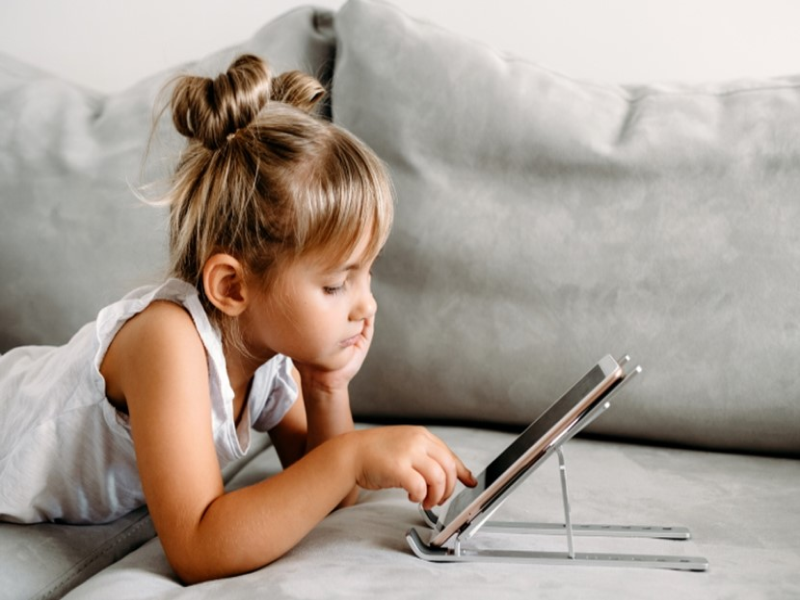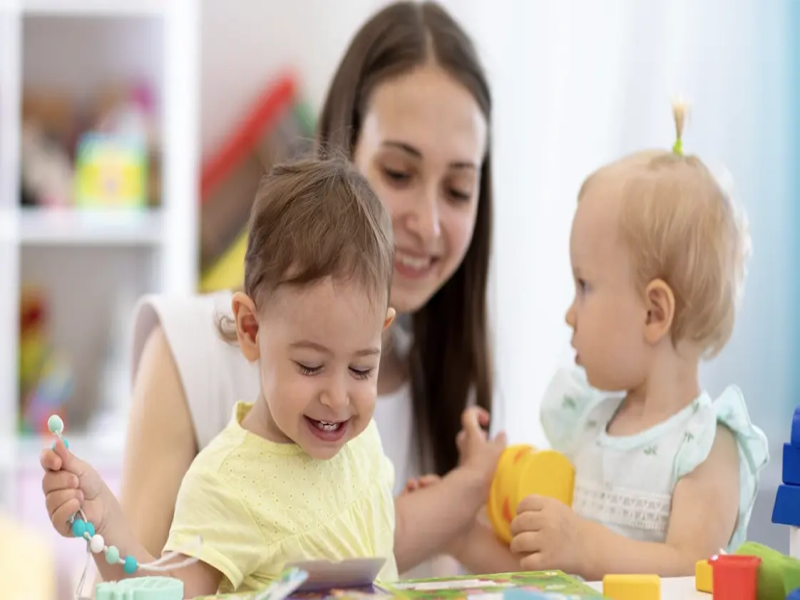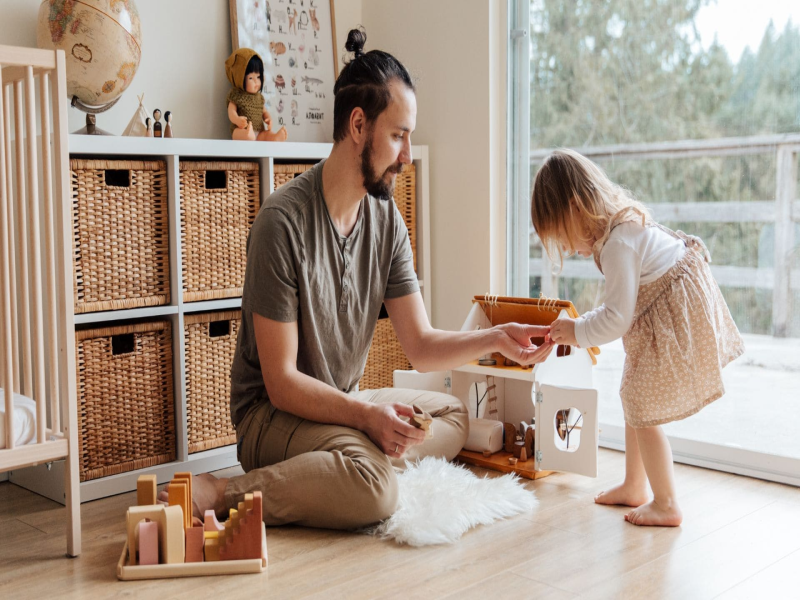In today’s cyber age, the screen has become permanent in our lives. There is no way around it, from smartphones or tablets to laptops and televisions, we are always under the digital input. Technology is a wonderful tool for everything from connection, to information and entertainment — but at what point does screen time hinder you mentally and physically? This is where Mindfulness kicks in to save us from the digital over dose and bring back balance in the digital age. This post will discuss the significance of screen time, the force of mindfulness and helpful tips on how to mindfully approach your mindless moments. We are its stewards — and by giving our technology ecosystems the attention they warrant; we cultivate an abundant crop for ourselves usable in the pursuit of a life well-lived.

Understanding the Impact of Screen Time
But before we jump to ways on how you should be managing your screen time, it is important to know what comes under the list of screen time, and what the ill effects might be, when you are overdoing.
What is Screen Time?
It is a record of the time that an individual spends on electronic devices with screens including smartphones, tablets, computers and televisions. This type of activity comprises various interests like
Social media – going through the social media fee and posting updates and interacting with others online
This includes some things like Watching movies, TV shows, or online videos
- Video Gaming: Video game or on-line game play
- Web surfing: Information retrieval, reading articles or shopping online
- Work/School-Related Activities: Computer or Tablet Tasks (for working from home, homework)
Screen Time: When Our Devices Want Too Much of Us
These recommendations are, however, subject to user, and the age determines how much is enough to avoid screen time limits. Nevertheless, most experts tend to be of the opinion that too much screen time can negatively impact physical and psychological health.
Screen time guidelines from the American Academy of Pediatrics (AAP)
- Children younger than 2 years: No screen time (barring video chat with loved ones).
- Children: 2-5 years Sit —-Not Rated News / info Prime time Closed captioning Name to knows Children: 2 – 5 years Limit screen time to an hour a day of high-quality programming, co-viewed with the parent.
- 6 years old and older: Prioritize the time each day that needs to be spent on healthy movement, play, study, communication with peers and family time for great media opportunities (by ensuring inclusion in regular activities).
Sufficient evidence has shown that excessive exposure to computer, tablet, and cellphone screens is associated with all of the following:
Physical Health:
- Eye fatigue, headaches and double vision
- Weak core Neck, and back pain(runtime only during the day)
- Sleep disturbances from blue-light exposure
I have a feeling from working from home Grade scope has figured out what’s changed and its implications related to the sedentary lifestyle (asking for their study soon)
Mental Health:
- More stress and depression
- SOP 5: Social isolation and loneliness
- Behavior addiction
- Shortening of the attention span and inability to focus
Relationships:
- Drop in the quality of face-to-face human interactions
- Misunderstandings and conflicts about not being attentive, miscommunication, etc.
- Diminished intimacy and emotional bond
You should be aware of your screen time and have a good proportionate between digital global and non-global interaction.
The Power of Mindfulness
The ancient practice of mindfulness can provide an effective counterbalance to digital distractions and sensory overload that often accompanies screen time. Mindfulness is quite simply becoming more attuned to your internal experience which helps to develop a greater understanding of it, an development in regulating emotions and increased cognitive control over how and when you use technology.
What is Mindfulness?
Mindfulness is the state of being in active, open attention to the present. This means becoming aware of the thoughts, feelings and bodily sensations that are formulating in response to your experiences — without being carried away with them or responding on auto-pilot. It is about allowing you to be aware of the present without judgment, giving you more clear-headed and composed response from within.
Why Employ Mindfulness Tips for Screen Time Control
There are several ways that mindfulness can serve as a great tool in helping to regulate screen time and encourage better digital health.
- Greater Self-Awareness and Self-Regulation: Mindfulness helps reduce habitual, unconscious patterns of technology use. Due to this awareness, you are able to decide whether or not you want to interact with screens, rather than diving out of compulsion into the drowning tides of notifications and feeds.
- Sustained Attention & Focus: Practicing mindfulness strengthens your attentional skills, further strengthening and protecting against some of the negative effects on our focus from diminished task central goal involvement inherent in screens-based behaviors.
- Lower Stress and Anxiety: Too much screen time can lead to stress and anxiety. Mindfulness practices, like meditation and deep breathing, are a way to activate the parasympathetic nervous system allowing you to relax your body and mind which will diminish stress reactions on both physical and mental levels.
- Greater Emotional Awareness and Resilience: Mindfulness increases self-awareness of emotions being impacted by technology. It will help you to be emotionally tough in your digital experiences and change the face of any obstacle in a balanced and skillful manner.
Mindfulness can help you have a better experience with technology and also make conscious decisions on its what, how and when’s of your time.
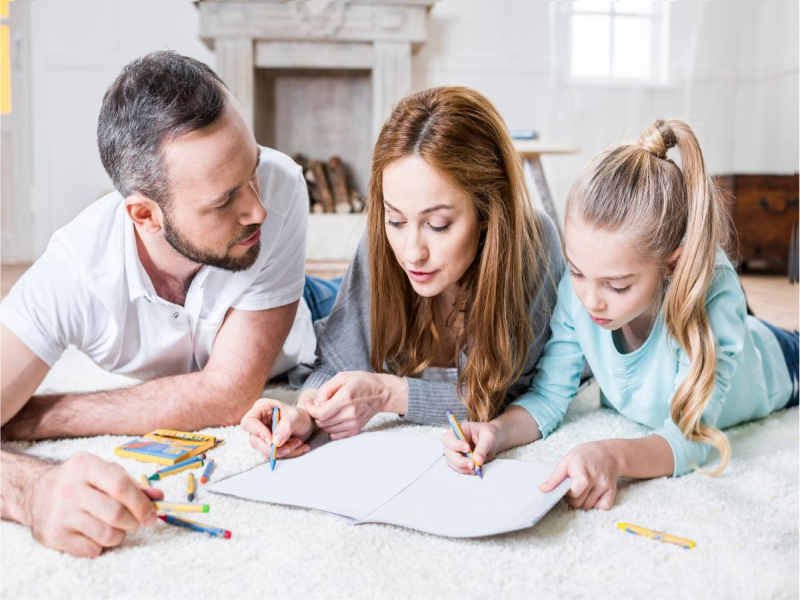
Strategies for Mindful Screen Time Management
We can integrate mindfulness with our relationship to technology and find a graceful rhythm in the digital age. Practical Tips for Mindful Screen Time ~ oddballcontent.com
Set Intentions and Goals
Why You Need to Be Mindful: Before you grab your smartphone or open your laptop, pause and establish intentions for what you are doing on that screen. Ask yourself:
Why Am I Using This Device Right Now?
What is it that I want to do – some task or activity?
For how long I intend to do this.
Through intention setting and goal setting however keeping your intentions and goals clear of mindless scrolling or getting distracted is key. This will lead you to the more effective and purposeful use of technology.
Establish Tech-Free Environments and Hours
Restricting screen time to different places or times in your home. This could include:
- At Dinner Time: Create a no-phones-at-the-table rule as a time of connection and real conversation during meals.
- The Bedroom: Avoid bringing screens into the bedroom to facilitate a peaceful sleep environment Blue light that emanates from electronic devices will screw with your sleep-cycle, leaving it harder for you to go to bed.
- Family Time: Carve out some time in the week to spend with family where everyone turns off technology and simply exists together.
This in turn leads to increased connectivity and a more enhanced presence [&] provides space for both digital technology & real-world experiences.
Practice Mindful Tech Use
When you are using technology, work on being mindful and present. Don’t multitask or flick aimlessly through your social media feeds. Instead, stay on course and fully get involved with the content or activity at hand.
- Single-Tasking: While on your device, do only one thing at a time. Different apps/tabs should ideally be avoided while working as these may reduce productivity and increase stress.
- Set Alarms: You must use alarms to remind you to take breaks from screens at regular intervals during the course of the day. Take these breaks to move, stretch and/or practice mindfulness like deep breathing or meditation.
- Check-In: Every so often throughout the day, stop and check-in with yourself (how are you feeling when using technology). Are you feeling stressed, anxious and overwhelmed? If so, pause or change to a more soothing exercise.
Digital Detox
Also known as a digital detox, this is where you attempt to disconnect from technology for an extended period of time, spanning anywhere from hours to even days. It is a very powerful way to reset your relationship with technology, reduce stress and to connect with yourself and the world around you.
Benefits of Digital Detox:
- Reduced stress and anxiety
- Improved sleep quality
- Sharper and more focused mind
- Increased Creativity And More Productive
- More connection with nature and more presence to the now
How to Do a Digital Detox:
- Take baby steps: Start with a mini detox, say for 2 to 3 hours, or just one day and then work up until you feel confident.
- Give a heads up: Tell friends and family that you won’t be around as well as prepare for anything for communication purposes.
- Opt for screen-free activities: Pursue interests, go outdoors, read some books or spend time with your loved ones in person.
Mindfulness Apps and Tools
There are numerous apps and utilities that help to monitor your screen time, manage limits and encourage mindful technology usage.
- Screen Time Tracking Apps; Monitor your usage on all devices and have offer some insights into how you are spending your time And knowing where you are currently at is the first step to choosing where and how you want to show up differently when it comes to our technology.
- App & Web Blocking: These provide insight into the apps and websites used most frequently, helping you to block them messaging during specific times or windows of time. And you can also create a scrip that will help to avoid any distractions and keep concentration on your job.
- Mindfulness apps and Meditation Apps– Even during screen time breaks, you can turn to these short mindfulness practices in mu-apps, as well. Some of these apps will guide you through meditation, breathing exercises and help center your thoughts.
Using these tips and tools can help you establish a better relationship with technology.
Mindful Alternatives to Screen Time
Technology can be good, even helpful in our lives but using with caution and spending regular time doing activities that produce well-being and connection is essential. You could read this post which is bound to be more entertaining than staring at a screen for an hour 😛 — here are some mindful alternatives to screen time that will feed your head, heart, and body.
Spending Time in Nature
When you fall into nature it calms and restores your mind, spirit and body. It provides all the benefits of stepping away from the digital world and back into the rhythms, of life.
The Advantages of Spending Time in the Great Outdoors
- Reduced stress and anxiety
- Improved mood and well-being
- Greater creativity and concentration.
- Better overall health and immune function
Perfect Nature Activities:
- Hiking—Check out trails in your nearby parks or forests, to take in the beauty of nature and breathe in some fresh air.
- Riding your Bike: Either ride casually around your neighborhood, or take the opportunity to explore some of our beautiful bike paths.
- Gardening — Start a garden, wither it be an herb pot on your windowsill or full-on vegetable plot in your backyard.
- Picnic: Hit a drive-thru and take your grub to-go to the park or by the water.
- Mindful Walks – Take a walk in your neighborhood, or the park around the corner, notice the sights, sounds, and sensations happening all around you.
Creative activities
Being creative is a great way to develop your self-expression, activate the power of imagination and involve yourself in flow state. Meditation and prayer are both healthy ways to process things that bring us down or fill us with joy.
The Advantages of Creative Activities
- Reduced stress and anxiety
- Improved mood and self-esteem
- Increased problem solving and cognitive functioning
- Feeling a sense of purpose and accomplishment.
- Various kinds of creativity in activities include:
Visual Arts : Painting or Drawing
- Writing – user may find journaling, creative writing, or storytelling to be helpful and meaningful in expressing icon emotions.
- Music: Learn to Play an Instrument, Sing or Listen to uplifting music
- Crafting: Take up crafting projects like knitting, crocheting, pottery or woodwork.
Connecting with Loved Ones
Understanding the important relationships and building a stronger bonding with people, especially family members are essential for one to be happy. Spend quality time together and make memories that will make you birds of the same feather.
- Real Converse Career: Ignore your phone and start having life talks with your family and friends. Swop tales, have a giggle, give some support and encouragement.
- Family time: Plan things to do together like game nights, movie night or adventures outdoors.
- Acts of Service (in action): Action Personal acts: Take the time to cook a meal for your friends or family, help with housework, or listen.
Reading and Learning
Reading and learning are enjoyable and empowering experiences by means of which one could have their brain stimulated while gained knowledge.
- Reading: Curl up with a good book and get transported to a different world or learn something new about an area that interests you.
- Podcast audiobooks, this involves listening to podcasts and audiobooks while commuting, exercising or doing this household work using your favorite streaming platform.
- Online Courses + Workshops: Sign up for online courses and workshops about your favorite topics to grow your knowledge and skills.
Mindful Movement and Exercise
The health benefits of exercise are not just limited to physical health, they can also greatly improve your mental and emotional well-being.
Benefits of Exercise:
- Reduced stress and anxiety
- Enhanced mood and better feel of energy
- Improved memory and cognitive function
- Better sleep quality
Mindful Movement Practices:
- Yoga — Strengthen, stretch and balance while cultivating mindfulness & inner peace
- Tai Chi — A slow-moving form of exercise that includes deep breathing and meditation exercises to promote relaxation and stress reduction.
- Walk or Run: Take a long brisk walk around your neighborhood or park and see if you can feel the wind on your face and all of the sensations that are going on in your body.
And by making an effort to include these mindful alternatives in your life, you can live a happier and more balanced existence, reducing your screen time we all rely on so heavily.
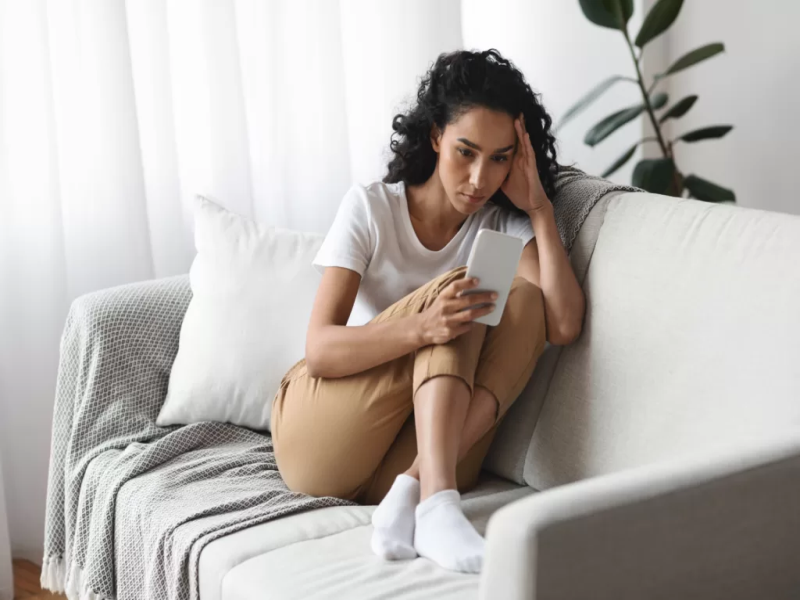
Conclusion
It is so easy to get sucked up in the sea of screens and lose our mental, physical and emotional health in this digital era. They can also be a way for us to create space between ourselves and our technology so we can have control over it rather than letting it control us.
Don’t forget, screen time it self is not bad, but it should be used wisely and in moderation. We can access the perks while protecting our sanity by setting intentions, banning tech in certain areas, being mindful of our usage and engaging IRL with a range of offline activities.
Go outside, make human connections, do creative things or just be. Fewer the decisions you take on autopilot, more balanced and meaningful decisions you make in the Digital age faster.





